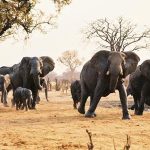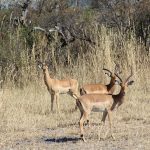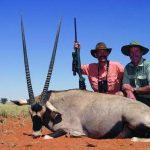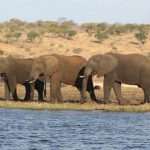Hunting has been closed there since 1977, and wildlife is worse off than ever.
The BBC reported last week on new research in the Journal of Zoology that shows that wildlife populations in the famous Masai Mara reserve in Kenya have crashed in the past three decades (read the BBC story here). According to the report, numbers of impala, warthog, giraffe, topi, and Coke hartebeest have declined by more than 70 percent. Even fewer animals survive outside of the reserve, where buffalo and wildebeest have all but disappeared.
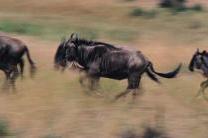
The team of scientists looked at data gathered since aerial monitoring of Kenya’s wildlife began in 1977. “We were very surprised at what we found,” one of the researchers told the BBC. “The Mara has lost more than two-thirds of its wildlife.”
Hunters familiar with the history of wildlife conservation in East Africa will note the significance of the date 1977. That’s the year that Kenya, formerly the top destination in Africa for safari hunters, closed all big-game hunting in the name of preserving its wildlife. Hunting there has never reopened. Nor, apparently, has much wildlife been saved.
Next door in Tanzania, which has taken Kenya’s place as the leading hunting destination in East Africa, companies that lease hunting concessions employ hundreds of local people, run continuous antipoaching patrols through their areas, and ensure through their businesses that the country’s abundant wildlife remains worth a great deal of money to the Tanzanian economy. Tanzania’s wildlife model is by no means perfect, but its abundant herds of elephant, buffalo, and antelopes speak for themselves. As the saying goes, when wildlife pays, it stays.

